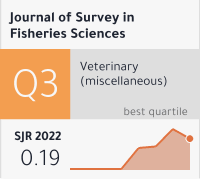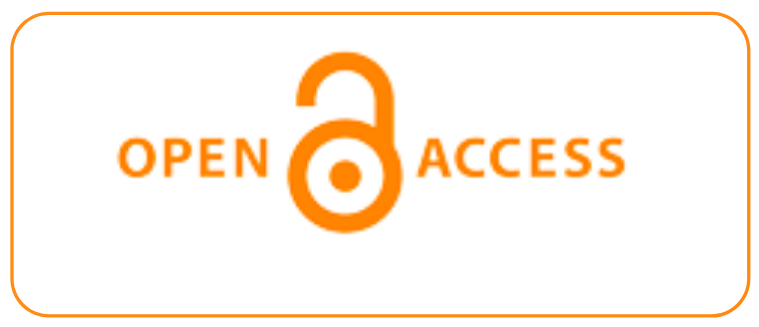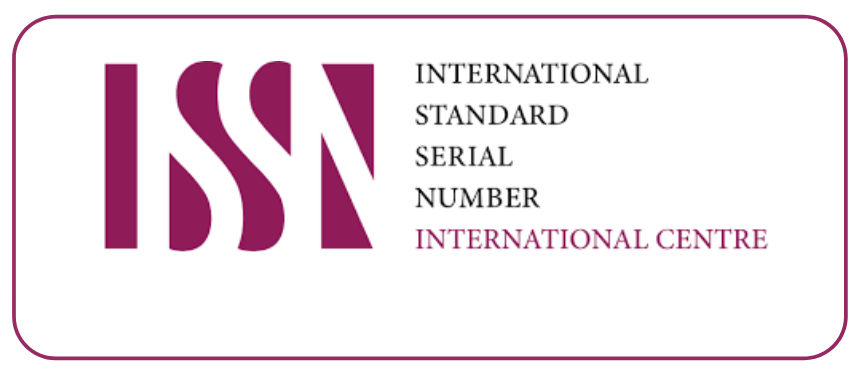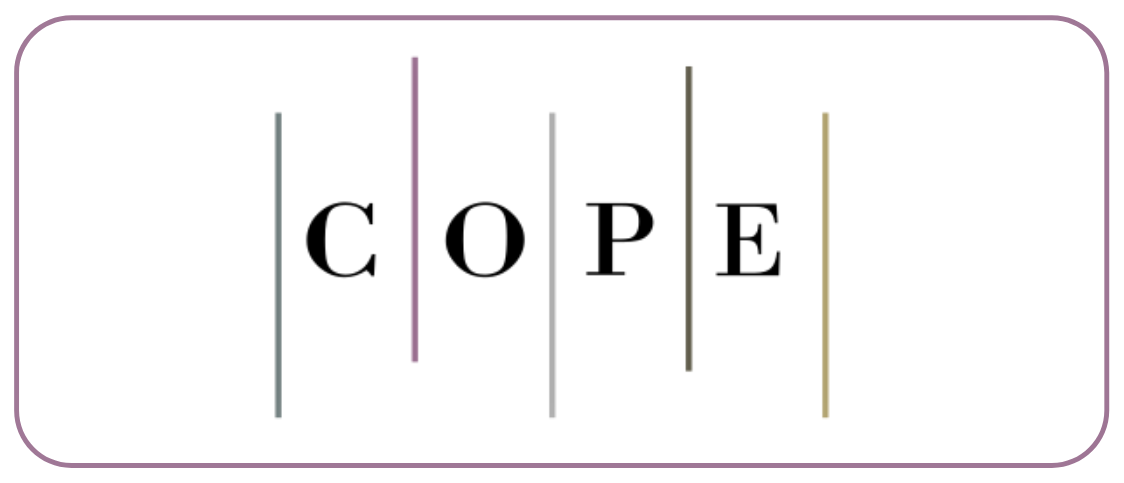

About the Journal
Journal of Survey in Fisheries Sciences (SFS)
ISSN: 2368-7487
The Journal of Survey in Fisheries Sciences (SFS) is a peer-reviewed, open-access scientific journal dedicated to the publication of original research, reviews, and short communications in the fields of fisheries and aquaculture. The journal provides a platform for advancements in aquatic sciences, covering areas such as aquatic ecosystems, aquaculture practices, fish health, nutrition, environmental impacts, fish processing, and the socio-economic aspects of fisheries.
Submissions must be original, unpublished work. All articles undergo a double-blind peer review process, evaluated by expert reviewers, with final decisions made by the editorial board. Accepted articles are published online and made freely accessible to the global scientific community.







